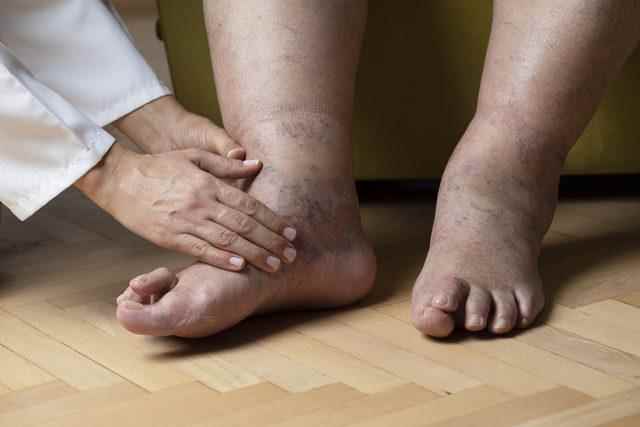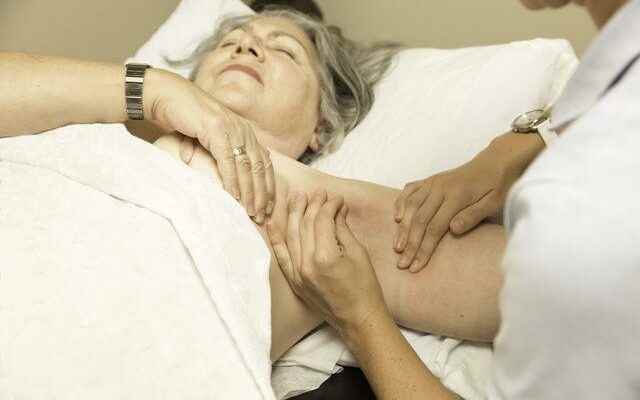Later, these fluids are directed to the deep system through the nodes and reach the right part of the heart by combining with the dirty blood in the center. The lymphatic circulation has a wide variety of functions. Adjustment and renewal of the amount of fluid in the tissues, absorption of food in the intestines, maturation of immune system cells, especially in the nodes (nodes).
VISIBLE TO EVERYONE
Lymph channels at the skin level, especially in the arms and legs, can be blocked due to different reasons. These causes may be congenital anatomical disorders (primary: primary) or they may be damaged by reasons such as infection, trauma, surgical operation (removal of the lymph node after cancer treatment) (secondary: secondary). As a result, as a result of damage to both the channels and the lymph nodes, the fluid absorption process in the tissues cannot be performed at a sufficient level and begins to accumulate. After this stage, fluids begin to accumulate, especially in the arms and legs (edema). Due to the different causes of the disease, it can be seen in all age groups and genders. Since primary causes occur due to congenital anatomical disorders, they are noticed more frequently at birth or in the young age group. Cardiovascular Surgery Specialist Assoc. Dr. Deniz Translation gave information about the subject.
ARMS AND LEGS BEGIN TO EXTEND
The edema that occurs over time triggers some changes in the body, especially in our skin. Therefore, the skin begins to expand and thicken. Over time, lymphatic fluids disrupt the nutrition of the skin and leaks and wounds begin to form on the skin. Arms and legs begin to enlarge and become heavy, and in the advanced stage, the result is difficulty in movement and injured arms and legs.

Treatment and early diagnosis are very important. First of all, well-planned skin care and edema-reducing drainage therapies can be applied mechanically. In addition, edema-reducing clothes and socks can be used.
Alternatives to surgical treatment are possible. The veins that are too small to be seen with the naked eye can be detected by means of a high-tech surgical microscope with a super microsurgical technique, and the clogged vascular segments can be transferred to the micro-level vein circulation, which is also present in the tissues.

This treatment method, called lymphovenous anastomosis, aims to reorganize the clogged lymphatic channels with alternating current pathways. The treatment is promising and gives satisfactory results when done at an early stage. Again, transplanting healthy lymph nodes taken from different parts of the body to damaged areas is an alternative solution. Since the growth of adipose tissue and subcutaneous tissues accompanies the disease in very advanced edema, supermicrosurgery may not work alone. Therefore, more aggressive treatments such as liposuction and mass removal may be needed.
Lymphedema is an important health problem today and it can depress patients psychosocially as well as loss of work force. With well-planned treatments, patients can return to their daily activities.
THE TWO ARE FREQUENTLY MIXED
Lipoedema is different from lymphedema. Lymphedema should not be confused with lipoedema seen in women, symmetrically involving the arms and legs, and fatty tissue accumulation. Although hormonal and genetic factors are mentioned, the reason has not been fully elucidated. The main problem in lipoedema is the uncontrolled growth of subcutaneous fat tissues. Obesity accompanies these patients. There is also fat accumulation around the face, back and waist. The treatment of lipoedema shows some differences from the treatment of lymphedema. Diet practices, bariatric surgery, mass removal and liposuction can be applied for lipoedema.
